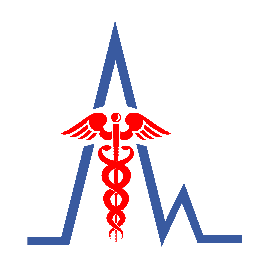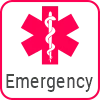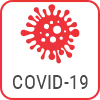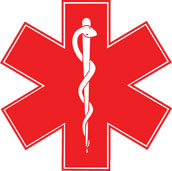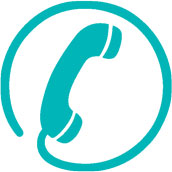Cath Lab & CVTS
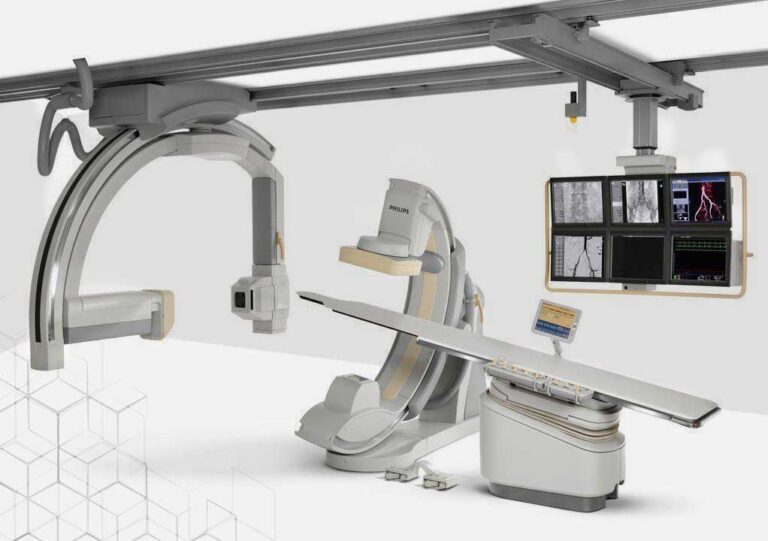
State-of-the-Art
CTVS & CATH LAB
for affordable ‘Cardiac Surgeries‘
- Department of Cardiology, North City Hospital, Ultadanga
Cath Lab
Cath lab is an examination room in a hospital or clinic with diagnostic imaging equipment used to visualize the arteries of the heart and the chambers of the heart and treat any stenosis or abnormality found
The Cardiac Catheterization Laboratory, or CATH LAB of North City Hospital is equipped with the highest degree of modern technology which is the best in class for better visualization with the lowest radiation hazards.
Machine Used – The Philips FD-10 Allura Clarity System
For more information visit Cardiology
CTVS
Coronary Bypass Surgery (CABG)
To bypass the blockage of the coronary arteries, the surgeon makes a small opening just below the blockage in the diseased coronary artery. If a saphenous (leg) vein or radial (arm) artery is used, one end is connected to the coronary artery and the other to the aorta. If a mammary artery is used, one end is connected to the coronary artery while the other remains attached to its origin at left subclavian artery. The graft is sewn into the opening, redirecting the blood flow around this blockage.
The procedure is repeated until all affected coronary arteries are treated. It is common for three or four coronary arteries to be bypassed during surgery.
Before the patient leaves the hospital, the doctor or nurse will explain the specific bypass procedure that was performed.
Heart-Lung Machine
During surgery, the heart-lung bypass machine (called “on-pump” surgery) is used to take over for the heart and lungs, allowing the circulation of blood throughout the rest of the body. The heart’s beating is stopped so the surgeon can perform the bypass procedure on a “still” heart.
Off-pump or beating heart bypass surgery
Off-pump or beating heart bypass surgery allows surgeons to perform surgery on the heart while it is still beating. The heart-lung machine is not used. The surgeon uses advanced operating equipment to stabilize (hold) portions of the heart and bypass the blocked artery in a highly controlled operative environment. Meanwhile, the rest of the heart keeps pumping and circulating blood to the body
Why is it done?
The goals of the procedure are to relieve symptoms of coronary artery disease (including angina), enable the patient to resume a normal lifestyle and to lower the risk of a heart attack or other heart problems.
How dangerous is heart bypass surgery?
The more severe the heart disease, the higher the risk of complications. However, the mortality rate is low, and according to one report, only 2–3 percent of people who undergo heart bypass surgery die as a result of the operation.
Valvular and congenital heart diseases
Does VSD (Ventricular Septal Defect) always require treatment?
Approximately 75 percent of small VSDs close on their own within the first year of life or by age 10 and do not require any treatment other than careful monitoring. For medium to large VSDs, the spontaneous closure rate is about 5 to 10 percent. If a VSD has not closed by age 10, spontaneous closure probably will generally not occur; it is rare for a VSD in an adult to close on its own.
An adult who has a VSD without any symptoms probably does not require intervention but should have regular checkups by a physician who specializes in adult congenital heart disease.
When should an adult with a VSD seek treatment?
An adult with a VSD who develops symptoms should consult a specialist in adult congenital heart disease. Usually treatment is recommended to prevent heart and lung problems.The treatment for VSD is an operation to patch the hole between the ventricles.
It usually is performed as an open-heart procedure with a chest incision and should be performed by a surgeon who specializes in adult congenital heart defects. The surgeon will close the hole with stitches (a primary repair) or by using a mesh fabric patch (a secondary repair). Eventually, heart tissue grows around and over the patch, absorbing incorporating it into the muscle.
Thoracic Surgeries
A thoracotomy is surgery to open your chest. During this procedure, a surgeon makes an incision in the chest wall between your ribs, usually to operate on your lungs. Through this incision, the surgeon can remove part or all of a lung. Thoracotomy is often done to treat lung cancer.
Pneumonectomy is a surgical procedure that removes the lung in its entirety. It is performed as a treatment for cancer, certain other lung conditions, and trauma. The lungs consist of two large organs within the chest cavity whose main function is to get oxygen into the blood while removing carbon dioxide.
A lobectomy is a surgery to remove one of the lobes of the lungs. The lungs have sections called lobes. … The affected lobe is removed, and the remaining healthy lung tissue can work as normal. A lobectomy is most often done during a surgery called a thoracotomy.
Our team of experts for CTVS
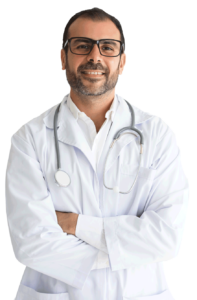
| Name | Credentials |
| Prof. (Doctor) PLABAN MUKHERJEE | MBBS, MS, M.CH (C.T.V.S) |
| Dr. SAPTARSHI ROY | MBBS, MS, M.CH (C.T.V.S) |
